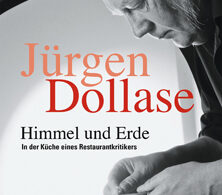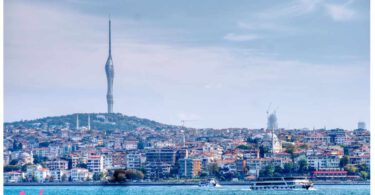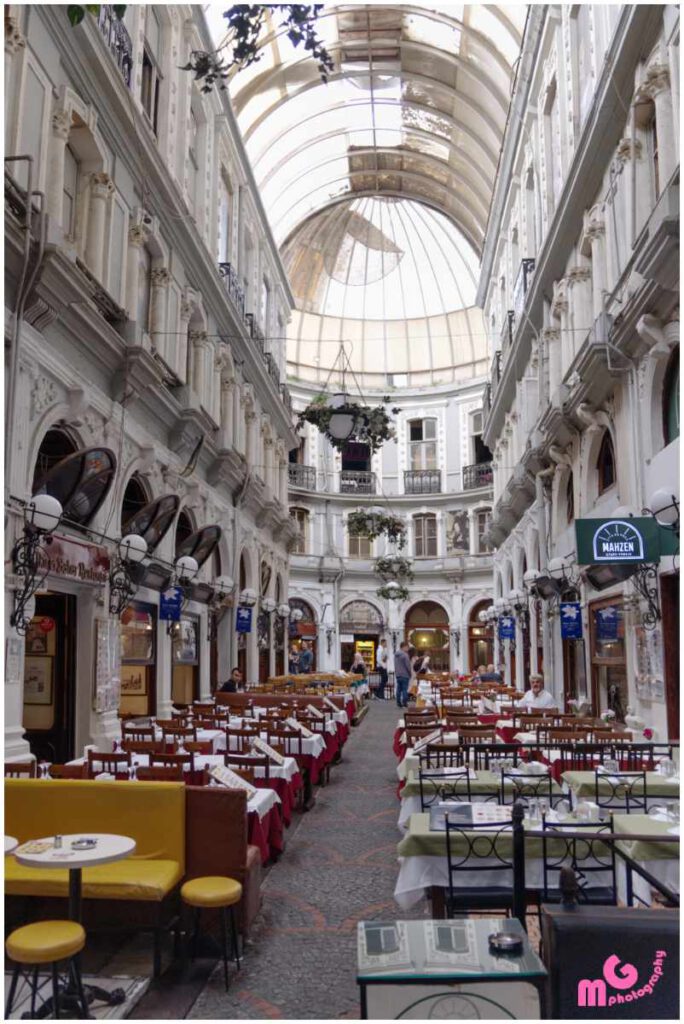
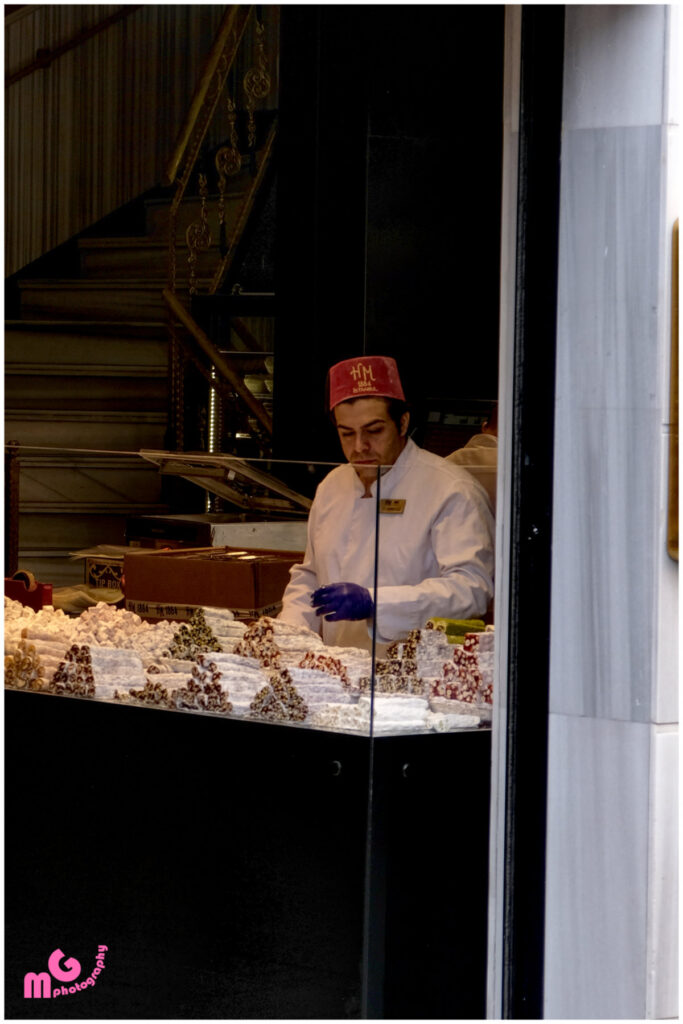
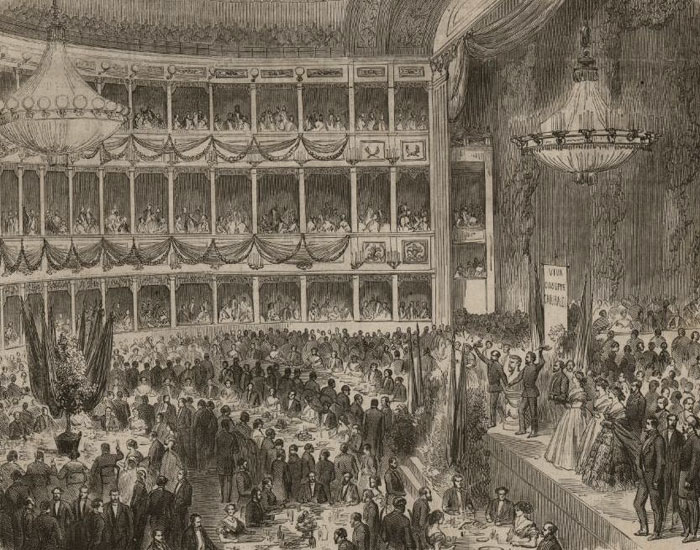
Kubrick and more
The city’s Çiçek Passage was built on the ruins of the Naum Theatre, which burnt down in the great fire of 1870. It is named after some flower shops that once existed there.Naum Theatre has been a popular destination for culture-mad citizens already over 160 years ago. At that time Giuseppe Verdi’s “Trovatore” was performed there even before Paris brought the opera to the stage, a sensation.
The Greek banker Hristaki Zografos Efendi acquired the area in 1876 and built a complex with a bazaar and a residential house on the remains of the theatre. He hired the Italian architect Cleanthy Zanno for the project.
This area quickly developed into a meeting place for artists and bohemians, and people often celebrated in the area until the early hours of the morning, turning night into day.
At the time, the building housed 24 shops in the basement, furnished in Parisian style, and 18 luxury flats above.
In 1908, Grand Vizier Sait Pasha acquired the building.
Towards the end of the Second World War, more and more restaurant and pub owners moved into the passage.
Soon there are excellent restaurants there, which also enjoy a good reputation among famous gourmets.
The Çiçek Passage (Hristaki Passage-Cite de Pera), with its extravagant façade architecture, is still the most magnificent building in Beyoğlu.
Just behind the passage is the fish market, which nowadays, like so much of Istanbul, is urbanised; only a few fish stands can still be found there. A short promenade through the picturesque quarter is still worthwhile, of course.
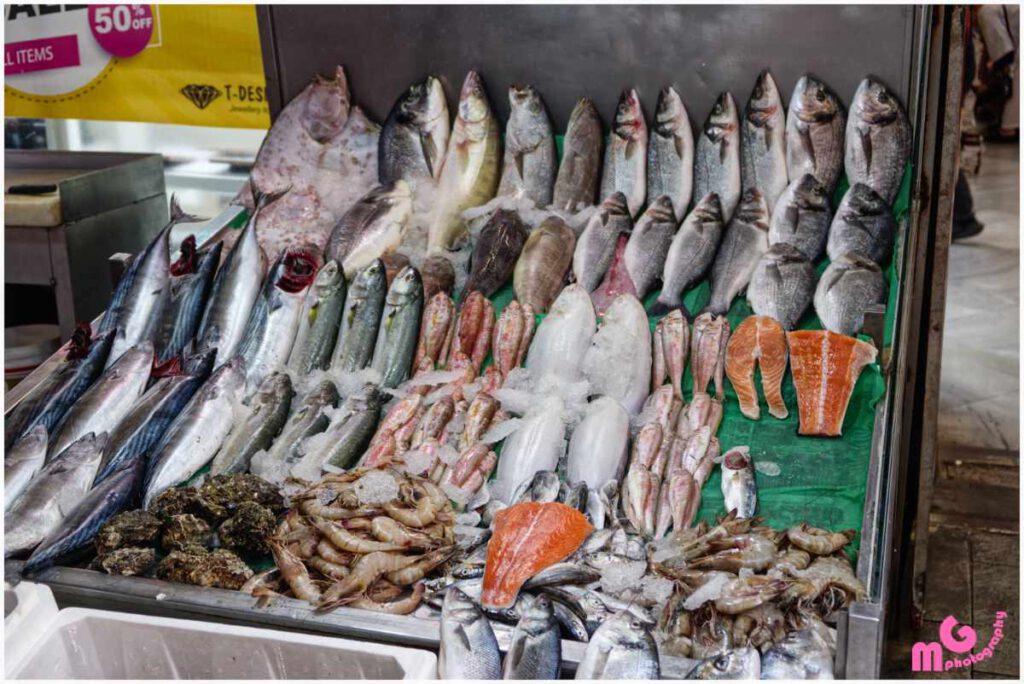
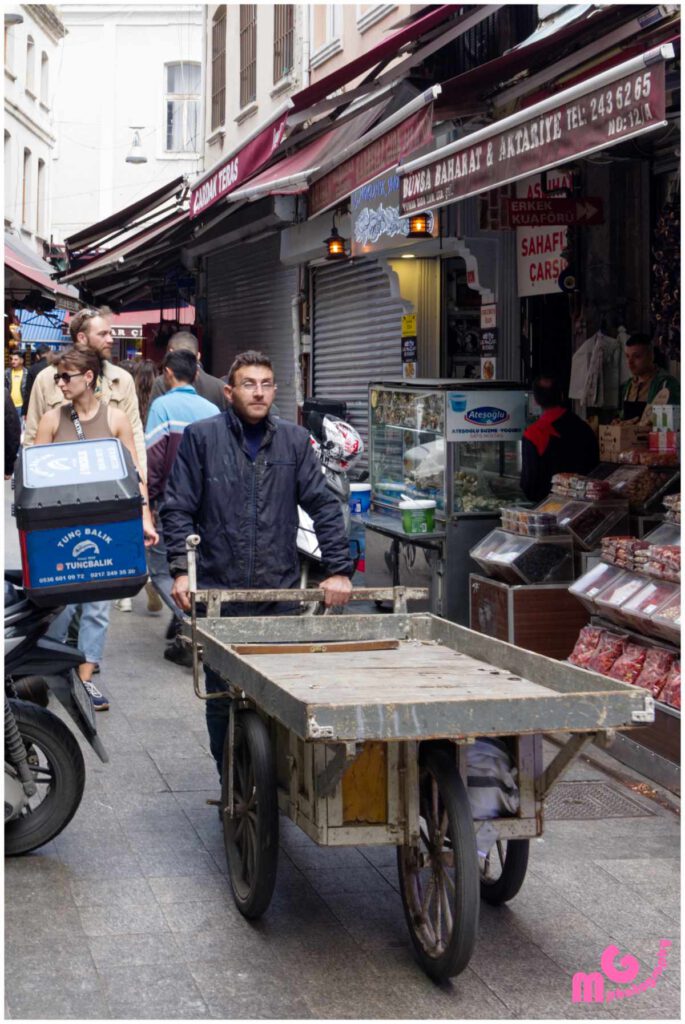
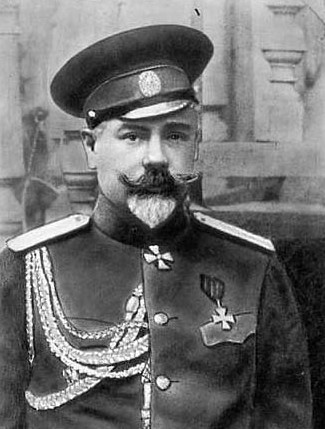
As we ramble through the backstreets, grabbing out our cameras and smartphones here and there, fragments of Russian can be heard everywhere.
History seems to be repeating itself.
In the great revolution, the Bolsheviks erase the tsarist empire from the history books, compatriots flee to countries all over the world.
A restless society composed by different political directions, religions and ethnicities seeks its fortune not least in Istanbul.
At that time on the flee from the Bolsheviks, today on the run from the nationalists and the battles in Ukraine.
Who can accuse them of that? Anything is better than being slaughtered in a senseless war or being taken prisoner.
There is an absurd anecdote to tell in that context, it fits the situation very well.
In the 1920s, a well-known general of the Tsarist army, Anton Ivanovich Denikin, is living in the Russian community of Istanbul.
After years in exile, he finally ends up in the USA, where he dies in 1947.
In 2005, Vladimir Putin, then already President of the Russian Republic, ordered the hero of bygone days to be returned with great pomp and celebrated him as a national martyr.














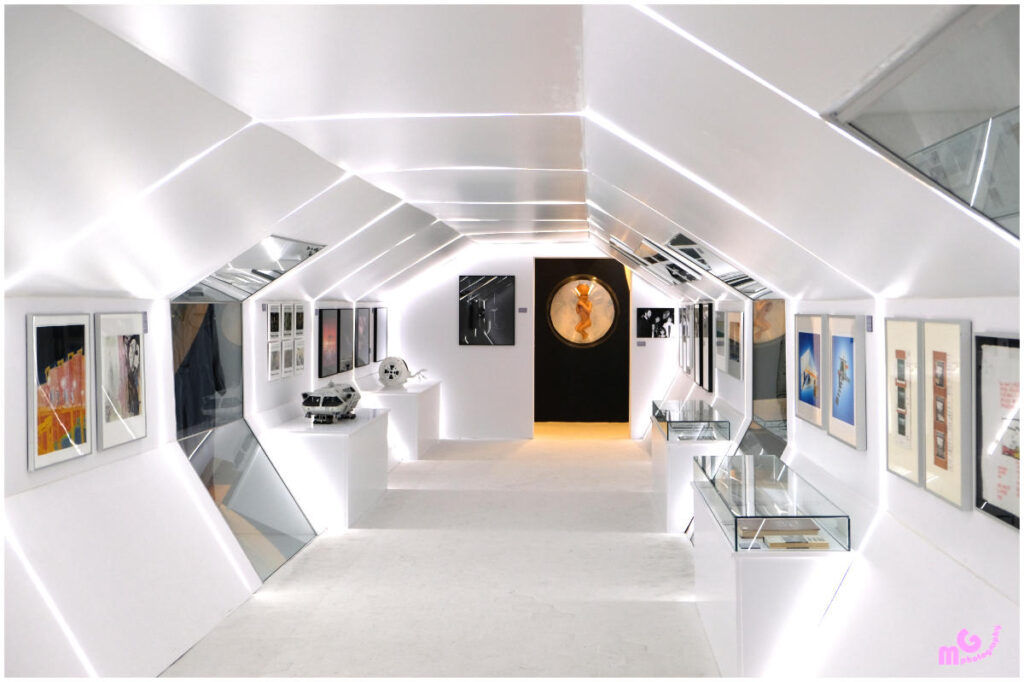
Stanley Kubrick
The excellent show on the US director can be seen at the Istanbul Sinema Müzesi (Museum of Cinema) until 26 February 2023.
This temporary exhibition has already been to San Francisco, New York, Barcelona, Seoul, Toronto, London and many other world capitals.
On show is an exciting retrospective of the work of the great producer, who still has a large fan base today for his manic perfectionism, his wealth of ideas and his magical ability to make the impossible possible on screen.
The ingenious filmmaker always succeeded in transforming the settings of his stories into something completely different and magnificently artistic on the screen.
He demanded everything from the actors. Scenes were replayed over and over again.
The locations of his stories are burned into our memories. The spaceship from 2001, the hotel from The Shining, etc.
If we continue to behave like this, we will perish
Stanley Kubrick
Kubrick was a political man and showed foresight even in his day.
Many of his films were made near London, where Kubrick had his own studio. Full Metal Jacket was also shot there.
“Kubrick […] overcame obstacles, solved problems, left nothing to coincidence in order to completely control every aspect of his film work. Making films became his way of life. He worked in different genres – noir, science fiction, war film, horror film – and broke all the rules to subvert the forms and create new paradigms. His goal was to achieve perfection”.

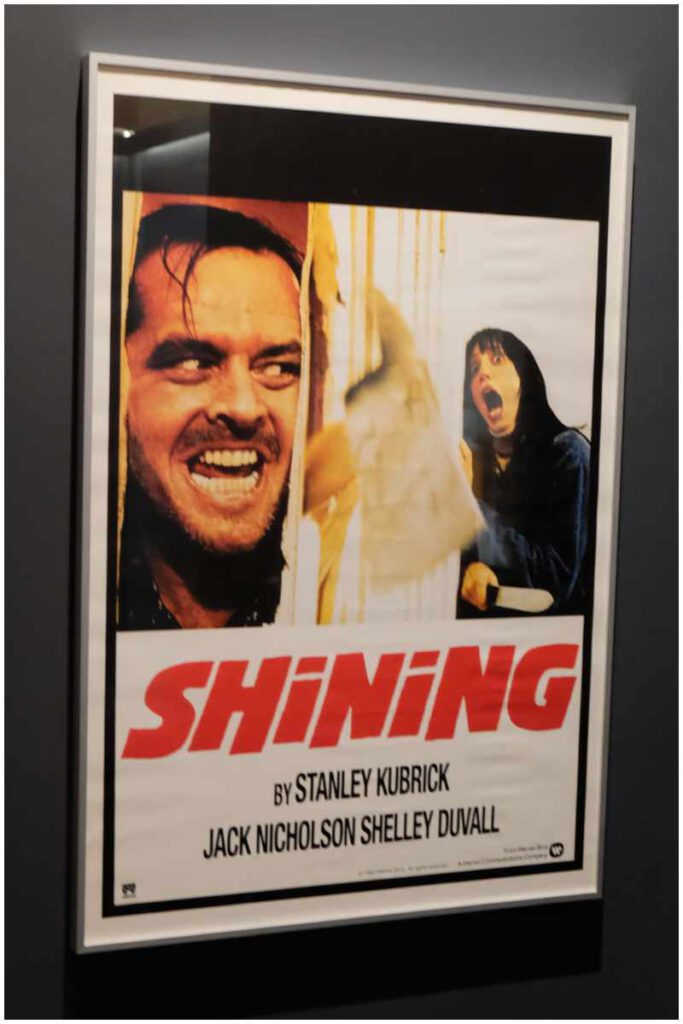
Kubrick was also a design fetishist and used his knowledge of the subject for his films.
“There is something sexual about beautiful machines,” he said, “the smell of a Nikon, the feel of an Italian sports car or a beautiful tape recorder.”
This attitude comes through especially in A Clockwork Orange; the interiors in the film are filled with futuristic objects.
A red Olivetti typewriter by Ettore Sottsass, the Christ Unlimited sculptures by Herman Makkink and the transparent Transcriptor record player by Davide Gammon.
The roof of the exhibition in Istanbul is entirely dedicated to Kubrick’s most famous work, 2001: A Space Odyssey.
Anyone who wants to, can climb aboard Discovery One, just as Dr. David “Dave” Bowman once did, and fly towards Jupiter while listening to the beautiful blue Danube by Strauss.
An amazing experience! Until 26 February 2023.
Stanley Kubrick:
Istanbul Sinema Müzesi (Museum of Cinema)
30. September 2022 to 26. Februar 2023
www.istanbulsinemamuzesi.com
![[:de]Grandgourmand, Travel, Food, Lifestyle[:]](https://grandgourmand.de/wp-content/uploads/2023/01/logo_23_1-1.png)


